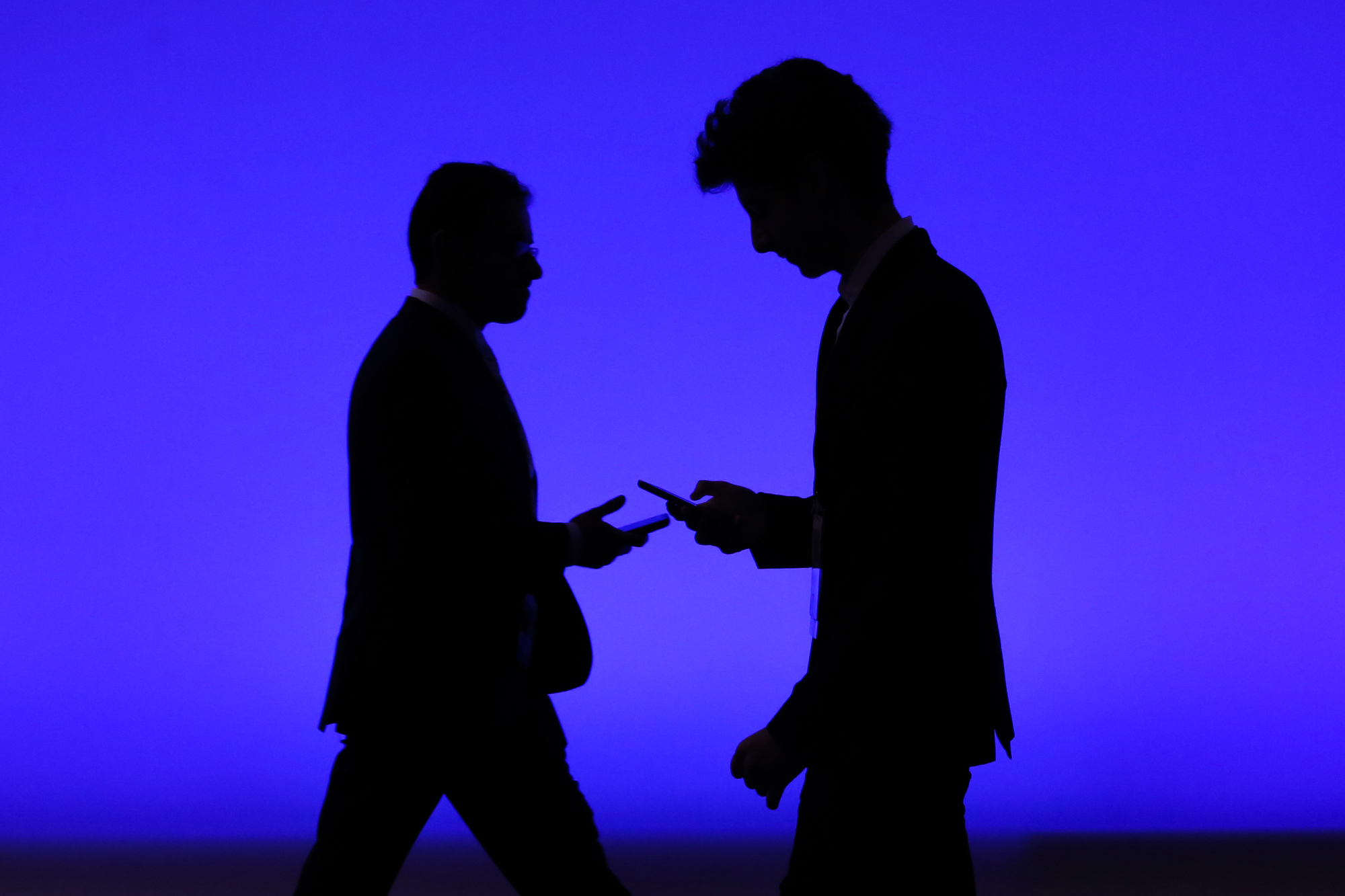The press has been in a lather of late over reports that the Department of Homeland Security had discovered evidence that cellphone tracking tools were being used by "unauthorized" parties in and around Washington. Formally known as International Mobile Subscriber Identity catchers, and often called stingrays, these devices fool your phone's baseband into believing it is in contact with a cell tower. IMSI catchers can use your phone's signal to track your movements and contacts. In some cases they might persuade your phone to turn off its encryption.
It's a powerful, scary technology. Scarier still, federal officials admit that although they can detect the devices, they can't find them. Still, here are three reasons that the excitement over the news from Washington is a little overdone.
In the first place, the use of IMSI catchers by unauthorized parties isn't news. Privacy advocates have long fought to reduce reliance on the devices by law enforcement, on the ground that they sweep up too much data from those suspected of nothing. But techies have been warning for years that stingrays could be used by criminals and foreign governments. A 2014 article in the Harvard Journal of Law and Technology was succinct: "Hostile foreign intelligence services can and, almost certainly, are using the technology in this country for espionage."


















With your current subscription plan you can comment on stories. However, before writing your first comment, please create a display name in the Profile section of your subscriber account page.